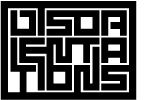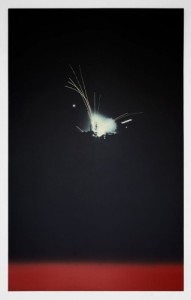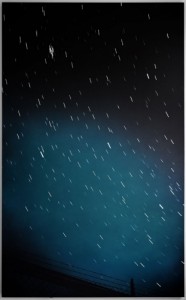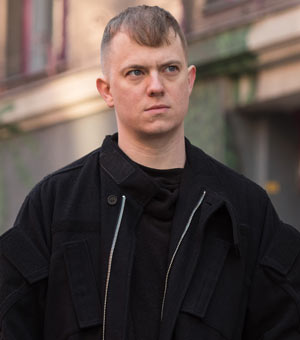Jack Goldstein @ Daniel Buchholz Gallery, Berlin
by Travis Jeppesen on May 26, 2009
The story of Jack Goldstein is one of the saddest in recent art history. Throughout much of his career, Goldstein struggled with fame – both his own and that of the artists who rose to prominence alongside him in the now-legendary Pictures exhibition of 1977 – as well as the crude dictates of market forces that came to define the subsequent years. As the decade of hype wrapped up, Goldstein quit New York and the art world altogether to live in isolation in the deserts of California. Throughout the ‘90s, the artist apparently produced next to nothing. He re-surfaced briefly in the early aughts for a brief flicker of a comeback. Goldstein himself, however, was no longer game. He took his own life early in 2003.
The current exhibition brings together a representative sampling of Goldstein’s work in several media – namely film, sculptural objects, and paintings.
While it is the film work that has proven most influential among today’s artists – and the five here, refreshingly projected in the original 16mm format, include some of his more representative efforts – it’s unfortunate that Goldstein’s paintings never got their proper due. When his original canvases weren’t dismissed outright as bowing to market demand in the post-Pictures frenzy (the logic being that a video artist ought to remain a video artist), they were “explained” away under a barrage of barely legible prose penned by critics who had inhaled one too many copies of Semiotext(e) paperbacks without allowing time for digestion. That the paintings – depicting lightning and electrical storms, volcanic flare-ups, and hallucinatory nuclear meltdown, typically framed vertically or horizontally with bars of color – were actually quite spectacular in their photo-sharp depiction of nature’s fierce tantrums, seems to have been overlooked.
One never knows who the enemy is in Goldstein’s world – whether it be nature or the technology we have created to “protect” us against our cultural enemies. (Remember: Goldstein was a child of the paranoid ‘50s.) In an untitled canvas from 1982, meteorites storm down from an electric green sky on to a barbed wire fence – though the meteorites could just as well be beams in some nightmare Soviet Star Wars episode conjured by Ronald Reagan, the fence ensuring our imprisonment in the apocalyptic death fantasy. An untitled red painting from the same year is even more doomsdayish, portraying the black silhouette of an urban skyline, at the center of which stands a tower emitting spirals of electric light.
Goldstein once said that it was art’s duty to explore and occupy “danger zones.” While his paintings brought him closer to all that was potentially lethal in nature and humanity, the exhibition ultimately sounds a regretful note when one realizes the impersonality of Goldstein’s project. Had Goldstein chosen to confront and work with his own danger zones rather than evade them, it’s quite possible that we might be looking at so much more from this ever fascinating artist.
Galerie Daniel Buchholz
Fasanenstr. 30
May 1 – June 13




Leave your comment